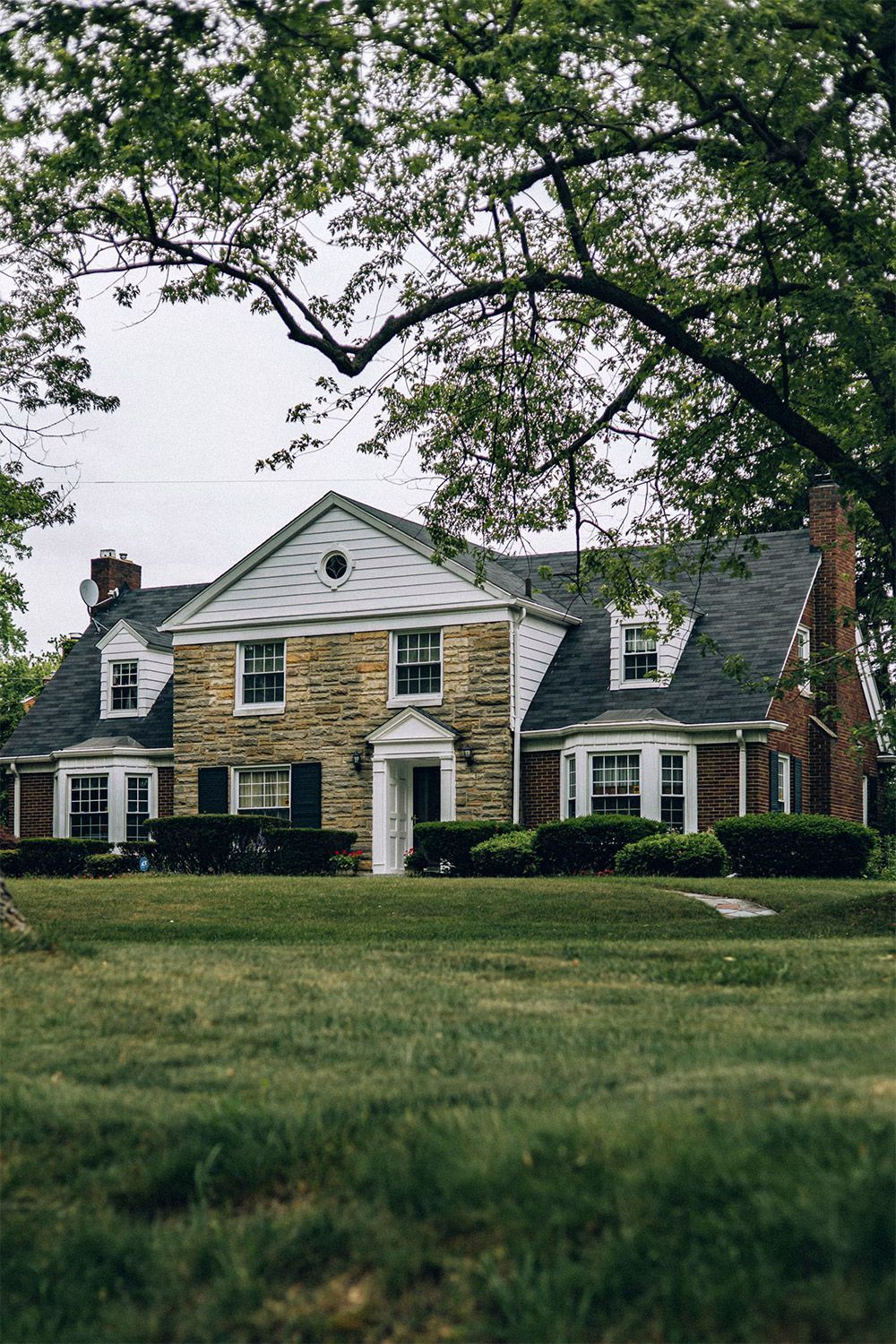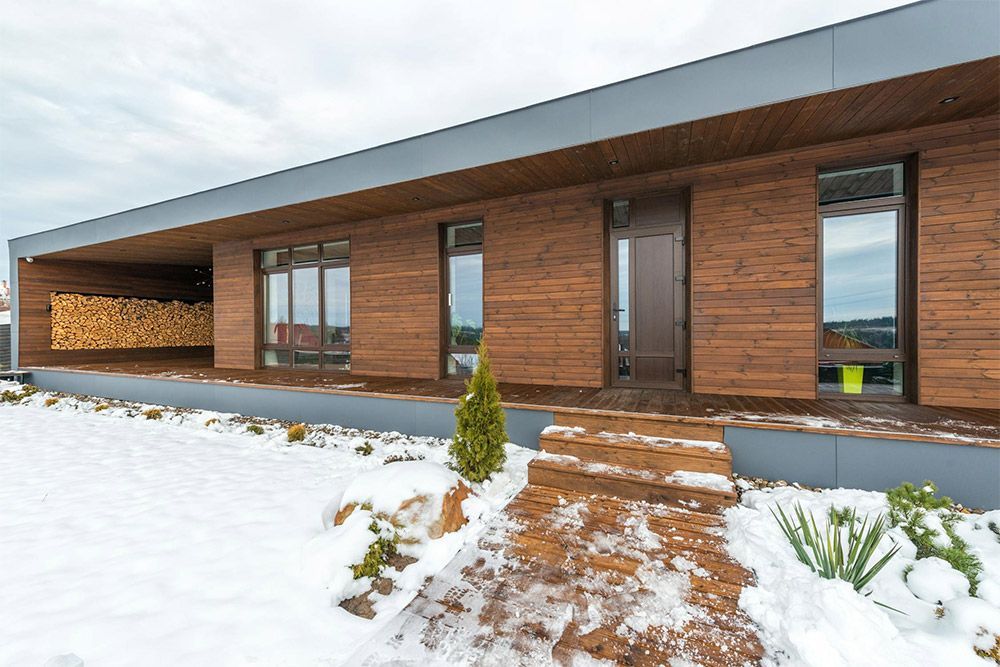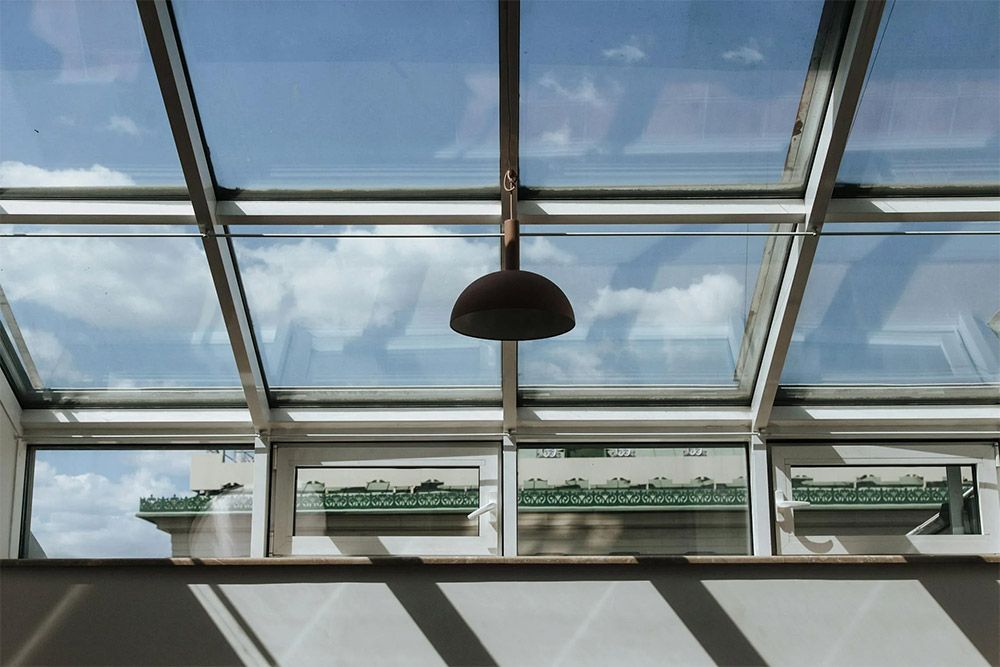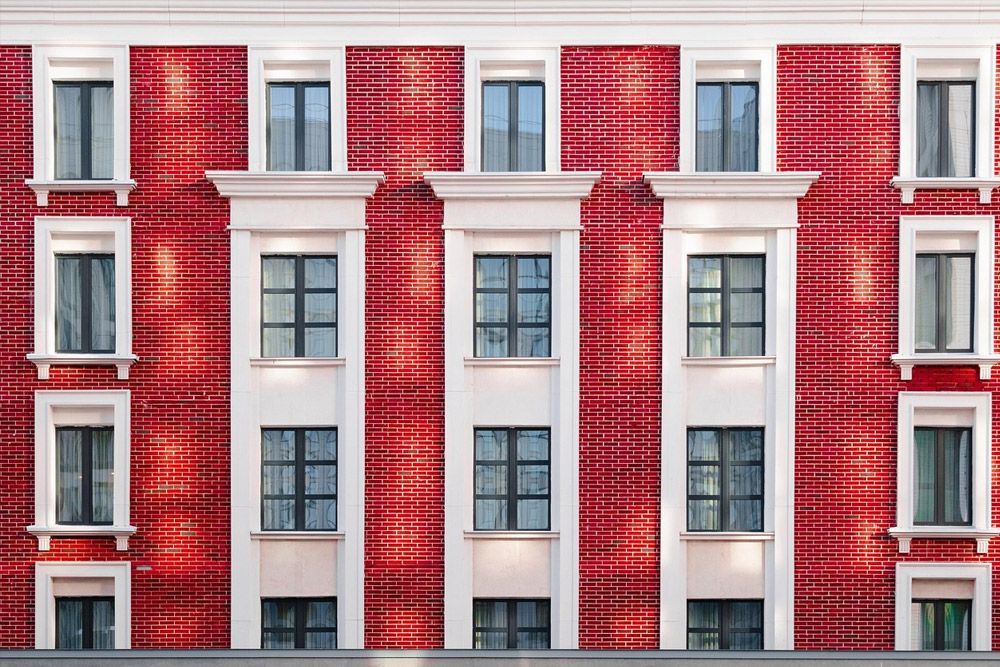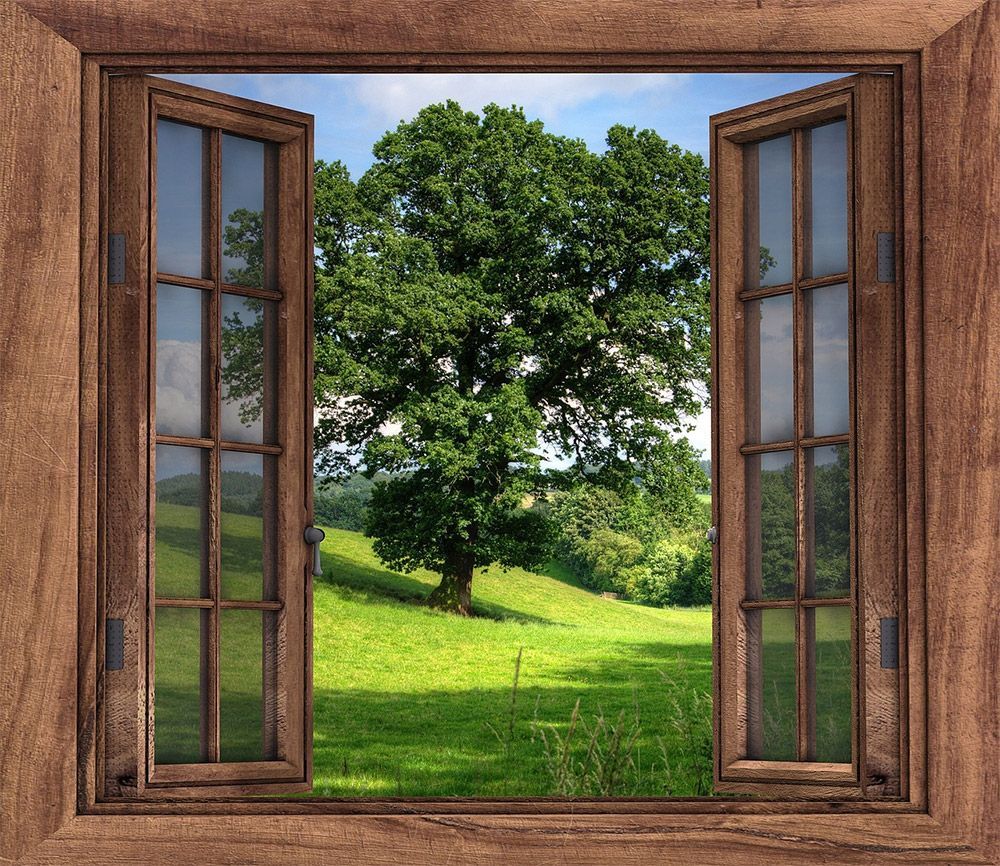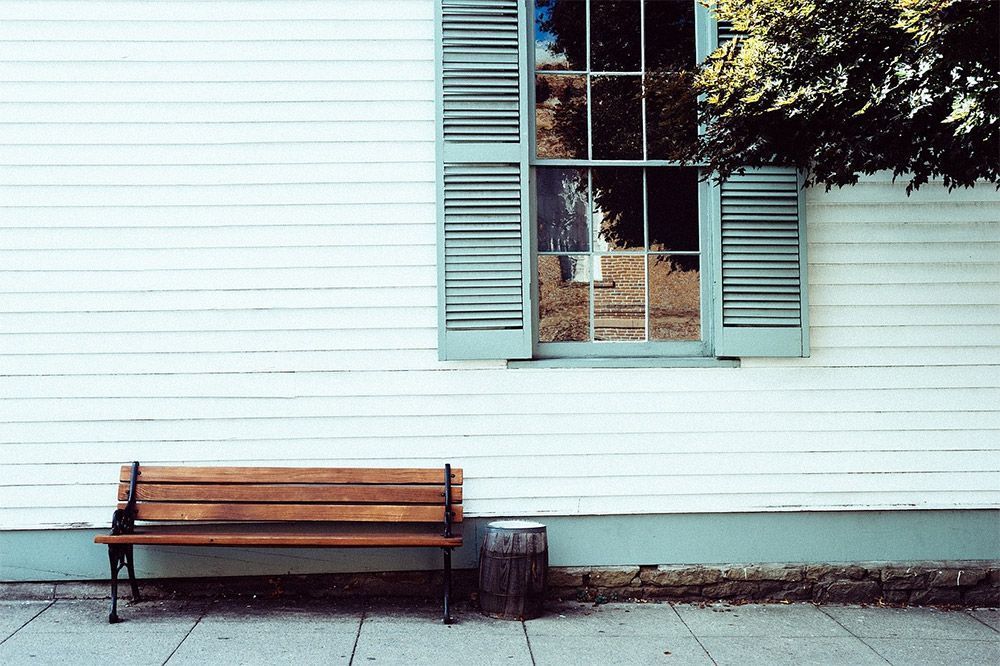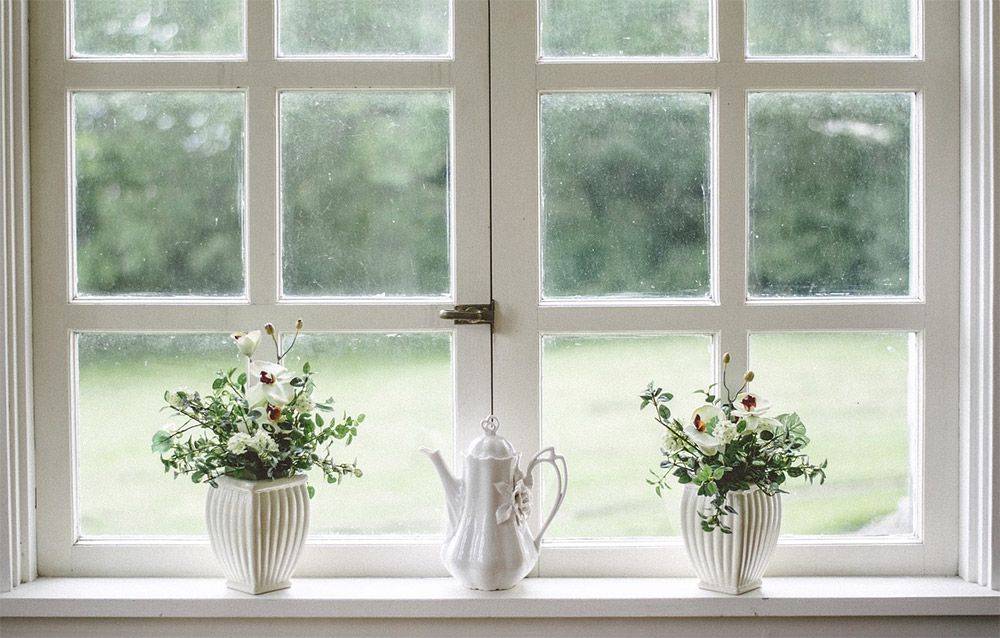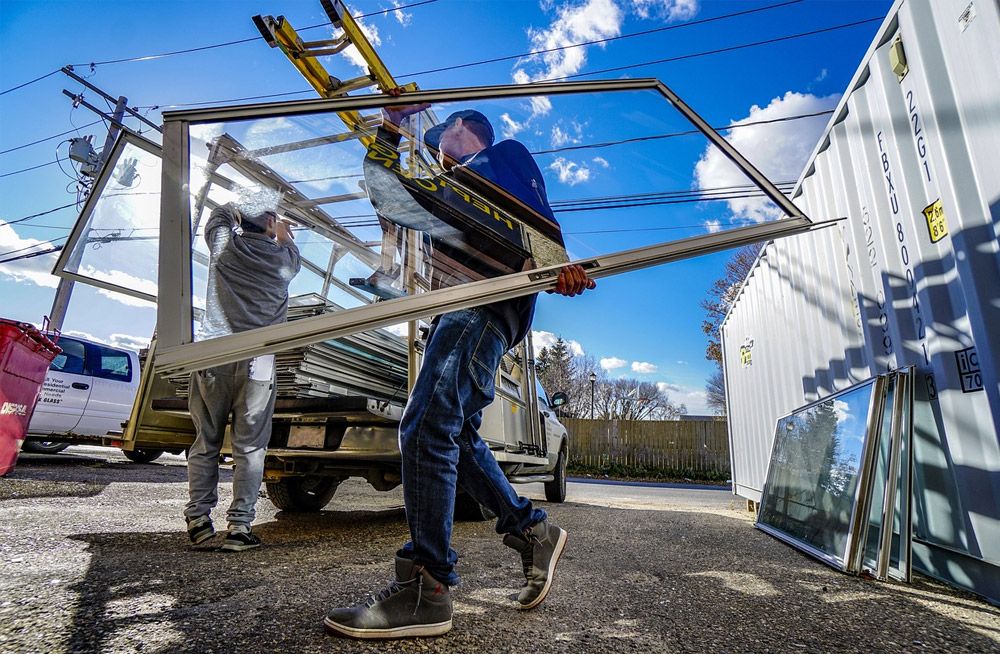What are the Benefits of Upgrading to Insulated Siding?
When people talk about home renovations, they often think about completely revamping rooms like they see on some of their favorite do-it-yourself television shows. However, upgrading your siding is one of the most impactful decisions you can make. Changing your siding might not seem like an exciting change. Not only can upgraded siding play a huge role in your home’s energy efficiency, but it can also improve your home’s aesthetic appeal and overall property value.
One of the most advanced options out there for siding in Fort Collins is insulated siding. There are numerous benefits that go beyond what traditional siding can offer. By understanding these different sidings – and how they can work with your home – you can make a better informed decision when choosing to upgrade your home.
Enhanced Energy Efficiency
One of the primary benefits of adding siding to your home is the increased energy efficiency, and insulated siding goes above and beyond traditional siding in that respect. Traditional siding can leave your home vulnerable to heat loos, especially during the colder months. Insulated siding usually comes with a foam backing that helps to reduce thermal bridging – the process where heat escapes through studs, joists, and other items that make up the framing of your house.
Just like the insulation in your walls, this added layer of insulation within the siding helps keep your home warmer in the winter and cooler in the summer. This reduces your home’s need for excess heating and cooling, which in turn lowers your energy bills. This reduction can be significant. According to the U.S. Department of Energy, insulated siding can improve your home’s overall energy efficiency by as much as 20 percent – depending on your climate and the condition of your current siding.
Improved Comfort & Reduced Noise
The layer of insulation does much more than make for more affordable energy bills. That efficiency goes hand in hand with the comfort within those walls. By upgrading to insulated siding, you’re also creating a more comfortable living environment. Insulated siding helps regulate indoor temperatures by reducing drafts and cold spots inside your home. This consistent temperature control means you won’t have to deal with rooms that are too hot or too cold, leading to a more comfortable and enjoyable living space.
Another significant benefit of insulated siding comes from its ability to drastically reduce noise pollution. Whether you live near a busy road, an airport, or simply reside in a noisy neighborhood, external noise can be a constant source of irritation. Insulated siding can dampen these sounds, creating a quieter indoor environment. The insulation acts as a barrier, absorbing sound waves and preventing them from getting into the interior of your home. This feature can be especially beneficial for homeowners in urban areas or places with high traffic – where noise reduction can greatly enhance the quality of life.
Increased Durability & Longevity
Upgrading to insulated siding also adds another layer of protection to your home that can do wonders for extending the lifespan of your siding. The foam backing provides additional support to the siding panels, making them more resistant to impact damage from things like hail, debris blown by high winds, and numerous other environmental factors. This makes insulated siding a very good option in places like Colorado, where hail storms come and go, but the climate can also throw a lot of other unexpected things your way.
Insulated siding is also less prone to warping, cracking, or bowing – which are very common issues with other forms of traditional siding. This increased durability means that your siding will look better and last longer. It also means there will be reduced need for repairs and replacements over the years, further increasing its economic impact. It’s simply more sturdy than other traditional sidings, allowing it to protect your home longer.
Boosted Curb Appeal
Along with protecting your home for the long haul, insulated siding will also keep your home looking better through the test of time. Curb appeal is a critical factor in any home improvement project, especially if you’re considering selling your home in the future. Insulated siding offers a sleek and modern look that can dramatically enhance your home’s exterior. With a wide array of colors, textures, and styles available, you can easily find a design that compliments your home’s architectural and personal style.
Insulated siding is also designed to maintain its appearance overtime. The foam insulation helps the panels retain their shape, preventing them from sagging or looking uneven. The uniformity of your home’s exterior is critical, as the first thing people will notice is anything that looks out of place. By utilizing the sturdiness and shape of insulated siding, you will have one less thing to worry about when it comes to the exterior look of your home. This ensures that your home’s exterior remains attractive and well-maintained, boosting your properties curb appeal and overall market value.
Increased Home Market Value
Investing in insulated siding can significantly increase your home’s resale value, as well. Prospective buyers are willing to pay more for homes with energy efficient features, making insulated siding something those buyers will pay a premium for. Not only does it provide energy savings, but all of the other benefits we previously mentioned goes into the benefits of why prospective buyers are looking for upgrades like insulated siding.
According to the National Association of Realtors, homeowners can expect to recoup more than 75 percent of the cost of insulated siding. This makes it one of the most cost-effective home improvements any homeowner can make, because of the high return on investment. Many prospective homebuyers are doing their homework these days, and they will know the impact of having things like insulated siding on a home. If they can get that when purchasing a home instead of upgrading themselves, it’s going to make the property more attractive from the beginning of their search.
Environmental Benefits
In addition to all of the personal benefits you get from insulated siding, this product also has positive environmental impacts. By improving your home’s energy efficiency, you are also reducing your carbon footprint and helping to conserve energy on the grid. The carbon footprint of your home is the total amount of greenhouse gases – primarily carbon dioxide – emitted from your home due to energy consumption. By enhancing the insulation of your home, you’re reducing the amount of energy needed to heat and cool your living space. This is especially important in today’s world, where energy consumption and environmental stability have become major concerns.
Along with the energy efficiency, many insulated siding products are produced using recycled materials. This helps reduce the demand for new raw materials and the environmental impact that can be associated with their extraction and processing. This not only minimizes waste, but it also reduces the energy required for manufacturing. The whole process of choosing insulated siding can help reduce environmental impact in a number of areas, and the long lasting properties of it will further contribute to environmental sustainability.
Ease of Maintenance
One of the more practical benefits of insulated siding is the low maintenance requirements. Traditional siding materials like aluminum or wood will often require constant and regular upkeep – such as painting, sealing, or cleaning. Insulated siding is typically made up of two different materials, vinyl and fiber cement, but there are other materials used, as well. These two most common types are designed to be low maintenance to make them an even more attractive option for the homeowner.
The foam insulation helps prevent moisture infiltration, which can lead to mold, mildew, and rot. Insulated siding is also resistant to pests like termites and ants, which can cause significant damage to other types of siding. This means you’ll spend less money on maintenance, allowing you to enjoy your home without the hassle of frequent repairs.
Potential for Tax Credits & Rebates
In today’s real estate market, energy-efficient homes are in high demand. Buyers are increasingly looking for properties that offer long-term savings on energy costs, and insulated siding is a key feature that can make your home stand out. Federal and local governments both understand this. Updating to insulated siding may qualify you for tax credits or other rebates. Many government programs offer incentives for homeowners to make energy-efficient improvements like these. This can offset the upfront cost of the siding, making it an even more attractive investment.
The federal government currently offers a tax credit for installing energy-efficient siding. The credit is up to 30 percent of the cost of qualifying materials, with a maximum of $1,200 per year. Talk to your siding professionals about what type of insulated siding qualifies for this program, and ask them if there are any other local rebates from your municipal government. These cost savings are worth checking out, and taking advantage of these incentives can further enhance the benefits of upgrading to insulated siding.
There are a lot of different ways insulated siding can help your home, from offering improved protection to keeping energy costs at bay. For more information on how insulated siding might be a good improvement for your home, reach out to the experts at Window & Siding Outlet today.
VISIT US
Loveland Showroom & Office
3167 East Eisenhower Blvd #C, Loveland, CO 80537
Fort Collins - By Appointment Only
301 Boardwalk Dr Suite 272786, Fort Collins, CO 80525
SHOWROOM Winter Hours
Mon - Fri: 9:00 am - 4:00 pm
Saturdays: by Appointment only
OUR SERVICE AREAS
Fort Collins, Estes Park, Berthoud,
Greeley, Johnstown,
Longmont,
Loveland, Milliken,
Thornton, Wellington,
Westminster,
Windsor, Cheyenne WY and surrounding areas North of Denver,
Broomfield,
Louisville,
Cheyenne.
Website Design by Get Out There Media

